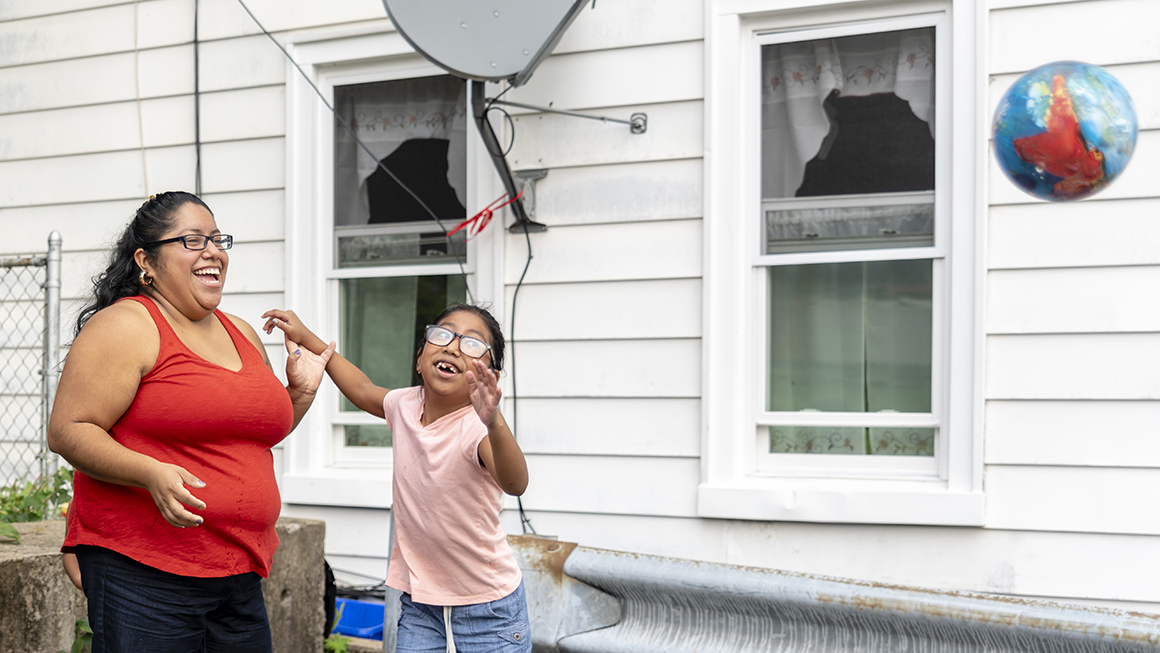
California is paving the way toward an inclusive safety net for immigrants and their families. Building on previous state-funded expansions, California will soon become the first state to make comprehensive coverage through Medi-Cal (PDF), the state’s Medicaid program, available to all residents with low incomes—regardless of immigration status. The 2022–23 state budget also expanded eligibility for the California Food Assistance Program, a state-funded food benefit for immigrants who don’t qualify for federally funded Supplemental Nutrition Assistance Program (SNAP)/CalFresh benefits, to undocumented residents ages 55 and older.
These eligibility expansions address gaps resulting from long-standing exclusionary federal policies that make it difficult for immigrants to qualify for safety net programs. Federal policies bar undocumented immigrants from accessing almost all federally funded benefits. Other restrictions affect immigrants residing lawfully, including requirements that most immigrants hold specific immigration statuses or hold a green card for five years before receiving benefits through Medicaid and SNAP.
However, expansions in eligibility don’t always translate to increased access for everyone. Safety net programs can be notoriously difficult to navigate. But on top of the challenges of understanding eligibility and providing required documentation, immigrants face additional barriers, such as application materials that aren’t translated into their languages, lack of familiarity with application processes, and fear that enrolling will affect their immigration status or draw the attention of immigration enforcement authorities.
Our new analysis of data from the Urban Institute’s Well-Being and Basic Needs Survey shows, for example, that in 2021, some immigrant families in California continued to avoid safety net programs because of immigration-related concerns. These concerns have persisted over the past several years, even though the Trump administration’s expansion of the public charge rule hasn’t been in effect since March 2021.
We found community organizations play a vital role in helping immigrants navigate program barriers. But these organizations face staffing and resource constraints that could limit their reach.
Community organizations’ role as safety net navigators
Community organizations often serve as trusted intermediaries between immigrant families and government agencies, helping families overcome barriers to safety net enrollment. We found that one in five adults in immigrant families (in which one or more family members weren’t born in the US) in California who participated or applied for safety net programs in the past year received help with the application process for at least one program from community organizations (see figure). This was more than twice the rate among adults in all-US-born families who participated or applied.
Staff at community organizations often have similar racial and ethnic backgrounds, speak the same language as the clients they serve, and are well positioned to assist immigrant families in culturally and linguistically competent ways. The greater rapport and trust that community organizations have with immigrant families compared with government agencies can also be helpful for facilitating eligible immigrant families’ enrollment.
In the aftermath of the Trump administration’s public charge rule, which was associated with reduced program participation among immigrant families, community organizations have been at the forefront of efforts to dispel misconceptions about how participation in safety net programs could affect immigration status.
Increasing community organizations’ capacity and lowering administrative barriers
During the pandemic, immigrant-serving community organizations have seen an increased demand for their services while facing challenges with staff capacity and a lack of resources to meet their clients’ needs. Federal and state investments in community organizations can help strengthen their capacity to assist families with enrollment.
For example, California recently extended its Medi-Cal Health Enrollment Navigators Project, which provides funding for community organizations and counties in California to train staff to provide enrollment and recertification assistance in its Medi-Cal program. At the federal level, the Biden administration has also increased funding for outreach and enrollment assistance for Medicaid and Marketplace health insurance, including a recent boost in funding to reach families with children.
But the burden on community organizations of helping eligible families access the safety net could be reduced by simplifying enrollment processes. Federal and state policymakers could do more to streamline the process and to improve experiences for people interacting with program staff.
Important steps would include minimizing burdensome paperwork requirements, allowing for continuous eligibility for a period of a year or more, and implementing accountability standards for customer service within program offices. Making application materials accessible (PDF) in multiple languages and providing clear, frequent messaging on the return to narrower criteria for public charge determinations can also improve safety net access for immigrant families. Identifying and addressing these and other barriers can help foster a more inclusive and responsive safety net.
Let’s build a future where everyone, everywhere has the opportunity and power to thrive
Urban is more determined than ever to partner with changemakers to unlock opportunities that give people across the country a fair shot at reaching their fullest potential. Invest in Urban to power this type of work.